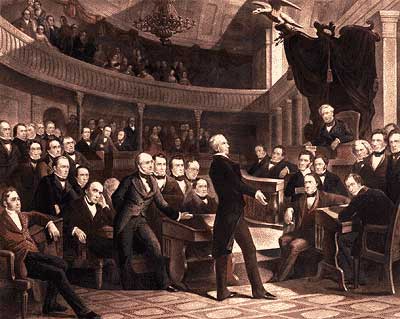Dred Scott was as slave that was sold to work on the plantations in Illinois, which was a free state at the time. They quickly moved to Fort Snelling (present day Wisconsin) where slavery was also illegal or prohibited. Dr. John Emerson, Scott’s master, decided to lease him and his wife, Harriet Robinson. This is course was a crime because slavery was illegal in that part of the country. In order to show respect for their master, Scott did not sue Emerson.
However, when Dr. John Emerson passed away, his wife Eliza inherited the Scotts. Scott finally decided to sue for his freedom and the freedom of his wife. Yet Supreme Court justice Roger Taney overruled the case, and thus tension between the North and South increased.

